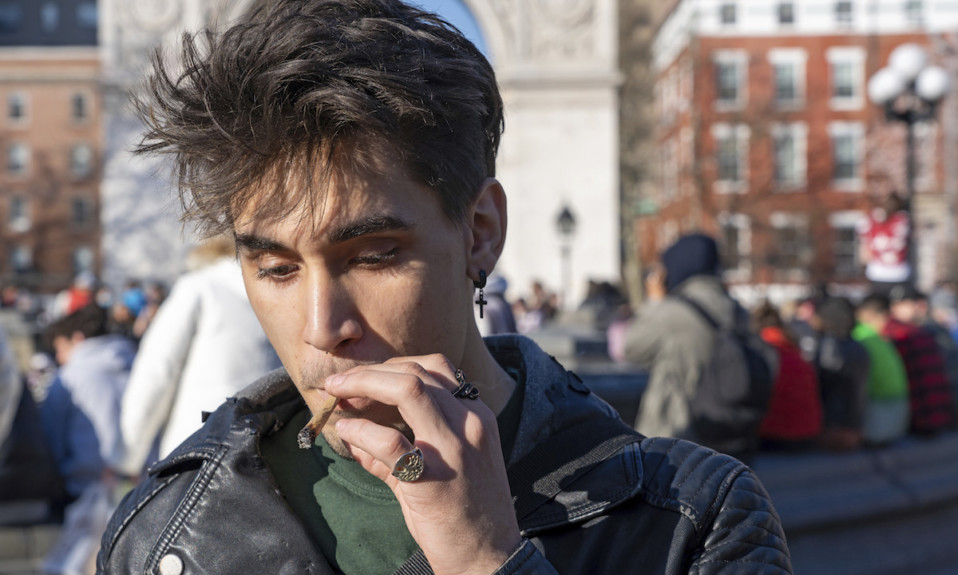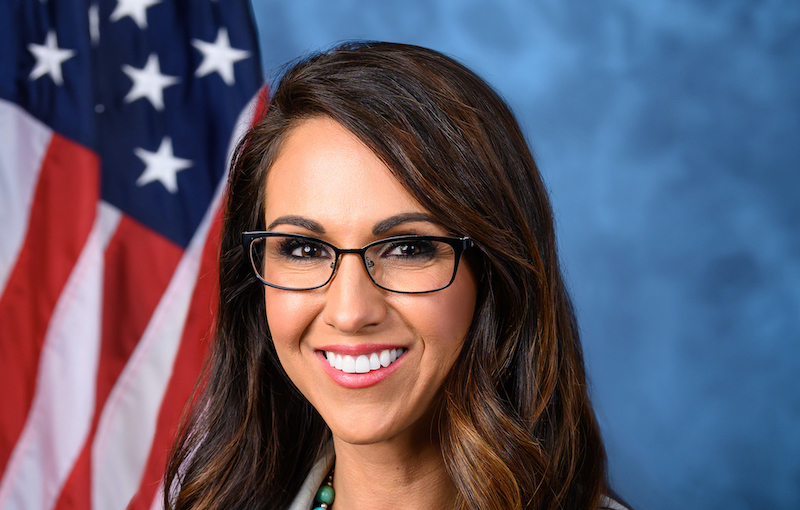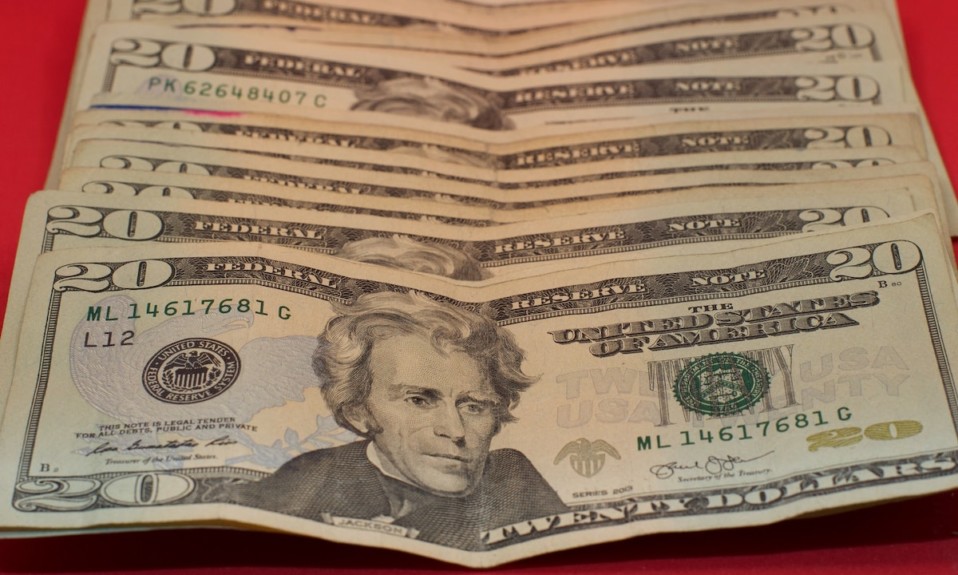The recent tumult in the iconic New York public space shows the need to bring outreach—not a punitive mentality—to souls who are lost to substance use and mental illness
By Jason Langendorf
Twenty-three arrests, eight injured police officers and one shirtless man, wrists bound behind his back by plastic zip ties, convulsing on the plaza under a pair of crouching NYPD cops. That was the scene in New York City’s Washington Square Park on the night of June 5, and the latest toll in the mismanagement of a persistent problem: How do we approach the issue of people using drugs in public spaces?
Located in Lower Manhattan’s Greenwich Village, Washington Square Park is an iconic city space, a diverse hub of activity and a frequent platform for (and occasional flashpoint of) cultural and political dialogue. It’s also a harbor for the homeless and people with addiction. While that makes some park visitors uneasy, until recently the elements of the public space had maintained a relatively peaceful coexistence.
But complaints from local residents and park-goers about noise, trash and graffiti have been growing. NYPD reporting suggests that crime in the area containing the park is up in 2021. Concerns about drug use and selling—once generally confined to the northwest section of the park—spreading across the 10 acres of public space seemed to be one of the last straws.
The response from the NYPD and New York City’s Parks Department: increase the police presence in the area with a special weekend detail and move up Washington Square Park’s midnight curfew to 10 p.m. On June 5, police wielded batons and bicycles to forcibly remove people from the park, leading to dozens of injuries among citizens and law enforcement. The reaction has divided New Yorkers.
Imagine you can walk into the subway or walk into a park, and before you go there, there are mental health outreach workers. This outreach [already] exists in the city. … We know how to do it; we just have to align our resources on doing it.”—New York mayoral candidate Maya Wiley to “AM New York Metro”
Posting to her Twitter account, mayoral candidate Maya Wiley wrote that the NYPD couldn’t protect a 10-year-old boy who was shot and killed in Queens on Saturday, “but they could march through a park in riot gear, terrorizing people to enforce an arbitrary curfew.”
In an opinion piece published in the New York Post on June 4, city council candidate Jackie Toboroff described Washington Square Park as a “horror show,” and called for the reversal of a recently passed police chokehold law while endorsing a return to “proactive policing,” which she claims worked in the 1990s. Toboroff wrote of a near-dystopian version of the public space, in which “parents shield their children’s eyes from strung-out junkies and the mentally unhinged stumbling around naked.”
“Worst of all,” she wrote, “people who give a damn are vilified because they live in the expensive condos lining the park; those in charge seem hell-bent on punishing people who’ve earned a decent way of life.”
The Need for Services
A voice of reason—one offering something resembling a solution, at least—came from Susan Lee, also a candidate for city council: “I think we need more community policing,” she told New York’s PIX11 News. “We need to find services for the drug users.”
And there it is: services. The statistics around addiction treatment and recovery aren’t close to levels that would satisfy anyone, but plenty of research suggests that more access to services—and, specifically, more widespread and greater persistence of outreach—will lead to stronger outcomes. And at a time when the COVID-19 pandemic has left more Americans anxious, unemployed or unable to find shelter, those services have never been in greater need.
“Imagine you can walk into the subway or walk into a park,” Wiley told AM New York Metro, “and before you go there, there are mental health outreach workers. This outreach exists in the city. You can go to Staten Island and talk to Project Hospitality, and it does just this. We know how to do it; we just have to align our resources on doing it.”
Safe zones work. More people with addiction live better lives because of them, which in turn improves our communities. And crunching the numbers on outreach and safe zone programs proves their value not only to public health, but also in public dollars.”
Better-funded and -staffed outreach efforts concentrated on areas such as Washington Square Park could help engage people with addiction, connecting them to treatment options or delivering them to safe zones and supervised drug consumption rooms, for safety and freedom from judgment or vilification—perhaps a step closer to treatment, or at least in keeping with harm reduction best practices.
Safe zones work. More people with addiction live better lives because of them, which in turn improves our communities. And crunching the numbers on outreach and safe zone programs proves their value not only to public health, but also in public dollars. By any standard, they are a sound investment.
That’s what made Saturday’s response in the park, although predictable, so discouraging. As a society, we still haven’t learned that punishment and scorn of people with addiction simply isn’t effective. The time for moralizing is over. Police crackdown tactics against drug users don’t work. Let’s try something that we know does.
Jason Langendorf is a reporter for TreatmentMagazine.com.
Photo: AP Images














